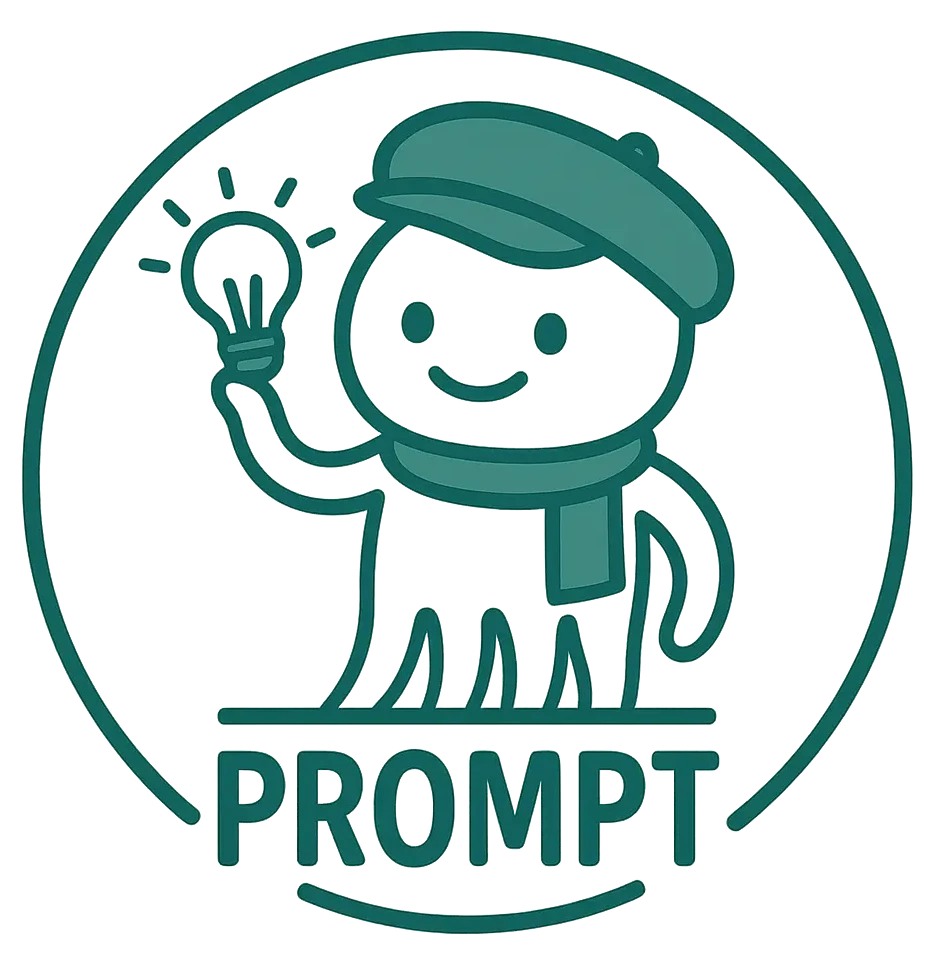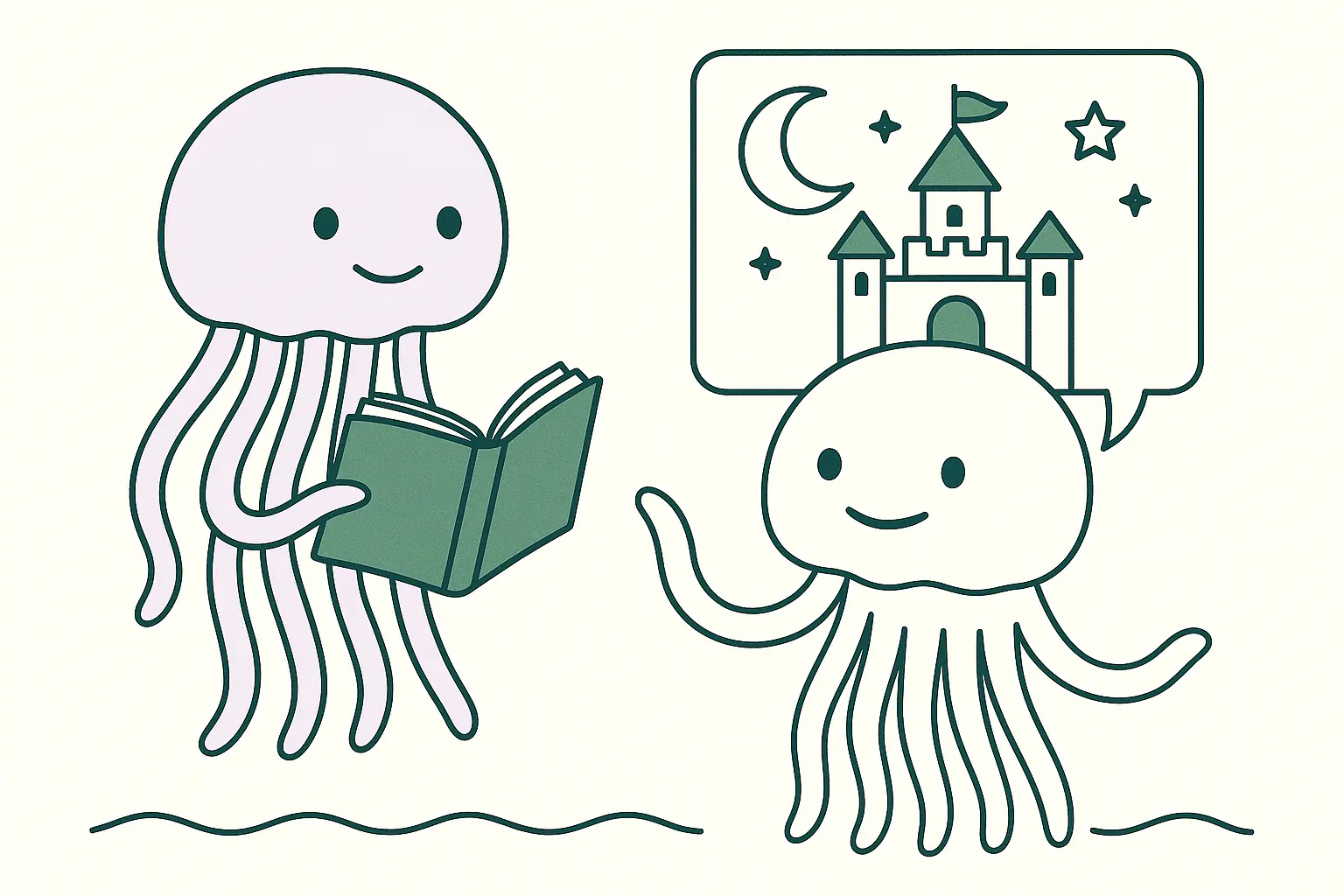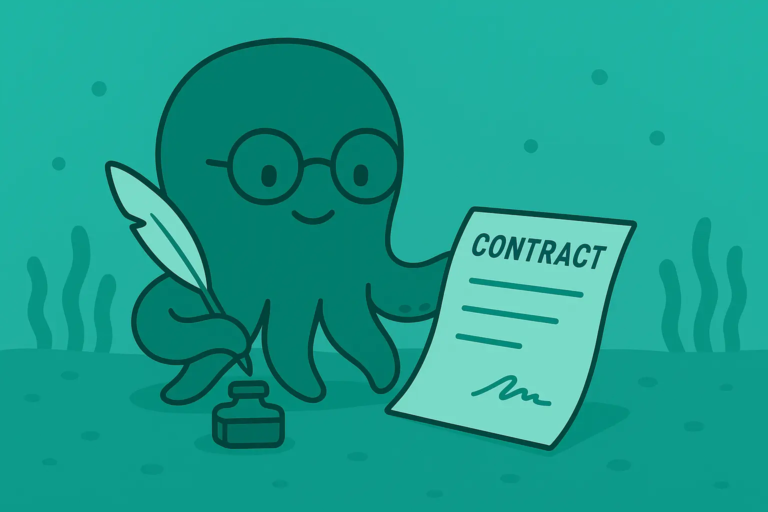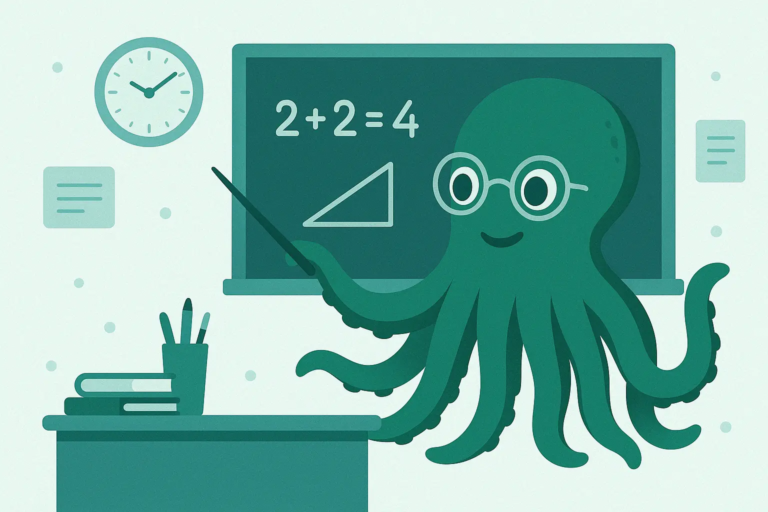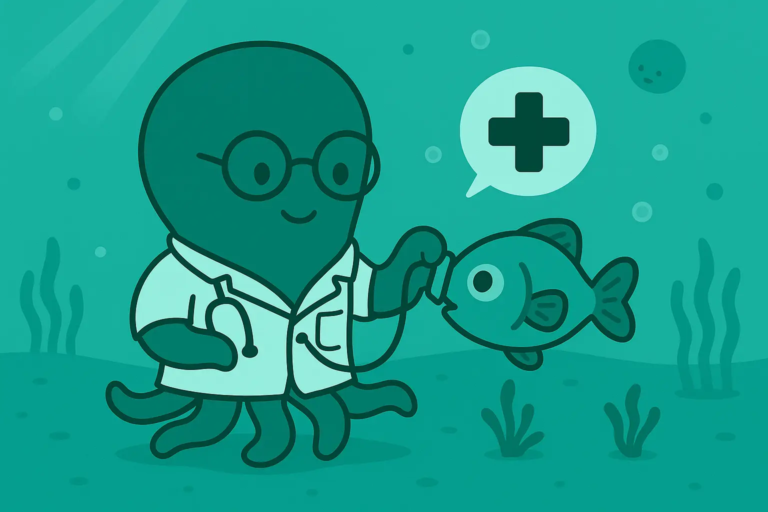10 ChatGPT Prompts for Playwrights
Playwriting is all about dialogue, drama, and moments that move an audience.
But sometimes, you need a push — a way to shake up your scene, explore a character, or structure your act.
That’s where ChatGPT can help.
These 10 prompts are tailored for playwrights at any stage, offering quick creative tools to develop characters, write better scenes, and build stage-ready stories.
Let’s spark your next act.
10 ChatGPT Prompts for Playwrights
1. Brainstorming a One-Act Play Idea
#CONTEXT: You want to create a short, stage-ready story but don’t yet have a concept or direction.
#GOAL: Generate 2–3 one-act play ideas that could be performed on stage.
#RESPONSE GUIDELINES:
Suggest 2–3 premises based on [insert genre or theme]
Include setting, 2–3 characters, and central conflict
Keep tone [insert tone]
Make sure it’s suitable for [insert audience]
Suggest a twist or tension point
#OUTPUT: 2–3 one-paragraph play concepts.ChatGPT Output
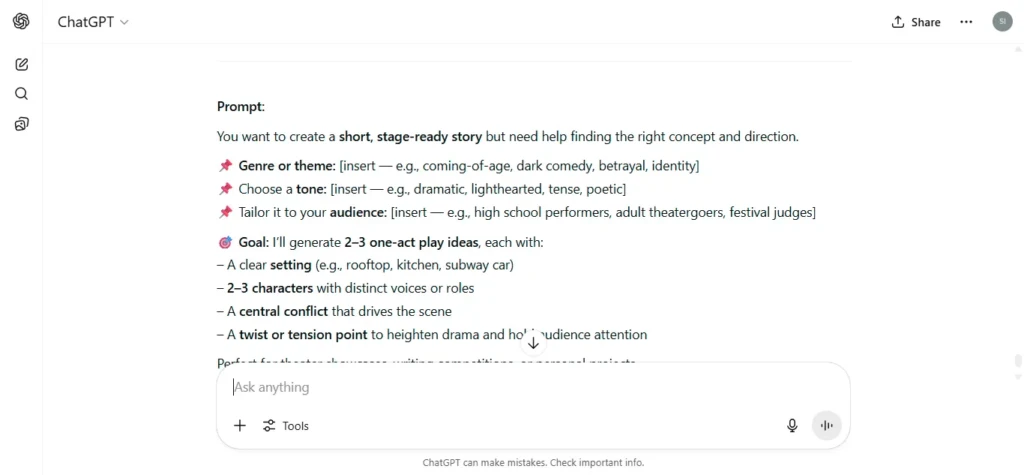
2. Developing a Strong Opening Scene
#CONTEXT: You want to open your play with energy and clarity that hooks the audience.
#GOAL: Craft a stage-friendly opening that introduces key conflict or character.
#RESPONSE GUIDELINES:
Set the location: [insert setting]
Introduce 1–2 characters with clear wants
Use sharp, realistic dialogue
Include 1 action or decision that pushes the story forward
Maintain tone: [insert tone]
#OUTPUT: A short opening scene (6–10 lines of dialogue + stage directions).3. Creating a Flawed but Likable Protagonist
#CONTEXT: You want a lead character that feels real — someone the audience roots for, even with imperfections.
#GOAL: Build a multidimensional main character.
#RESPONSE GUIDELINES:
Define the character’s main flaw and motivation
Add 2 traits that make them relatable
Set them in a context like [insert setting]
Match tone to [insert tone]
Suggest a personal or relational challenge
#OUTPUT: A 4–6 sentence character profile.ChatGPT Output
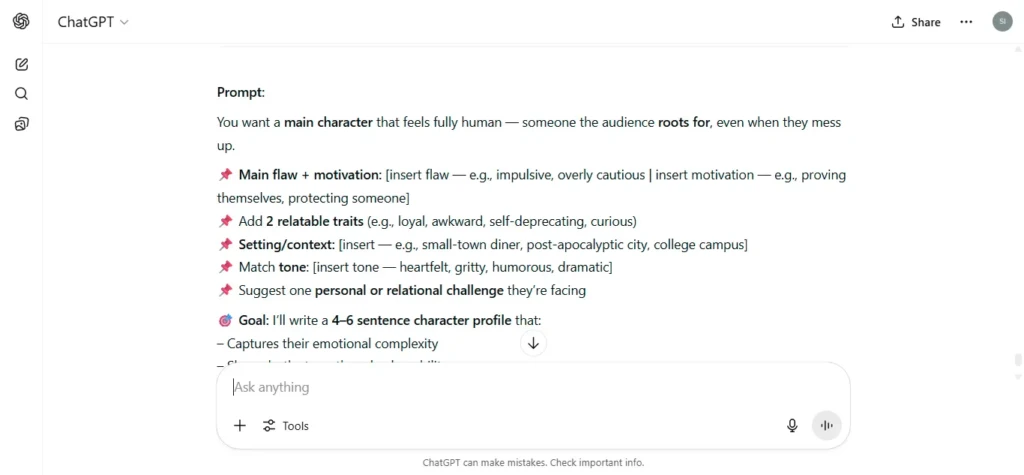
4. Creating Tension in a Two-Person Scene
#CONTEXT: You want a scene between two characters full of unspoken tension or conflict.
#GOAL: Write a dialogue-driven scene with emotional stakes.
#RESPONSE GUIDELINES:
Define the relationship: [insert relationship]
Set location: [insert setting]
Show conflict through subtext, not yelling
Add 1 turning point or shift mid-dialogue
Maintain tone [insert tone]
#OUTPUT: A 12–15 line scene with clear but subtle tension.5. Using Stage Directions to Reveal Character
#CONTEXT: You want to write more meaningful stage directions that do more than block movement.
#GOAL: Show personality, emotion, or backstory through actions.
#RESPONSE GUIDELINES:
Pick a character type: [insert role]
Create a simple scene (e.g., entering a room)
Use 3–4 stage directions to show emotion, conflict, or intention
Keep tone [insert tone]
Make each movement say something about the character
#OUTPUT: A scene snippet using expressive stage directions.ChatGPT Outptut
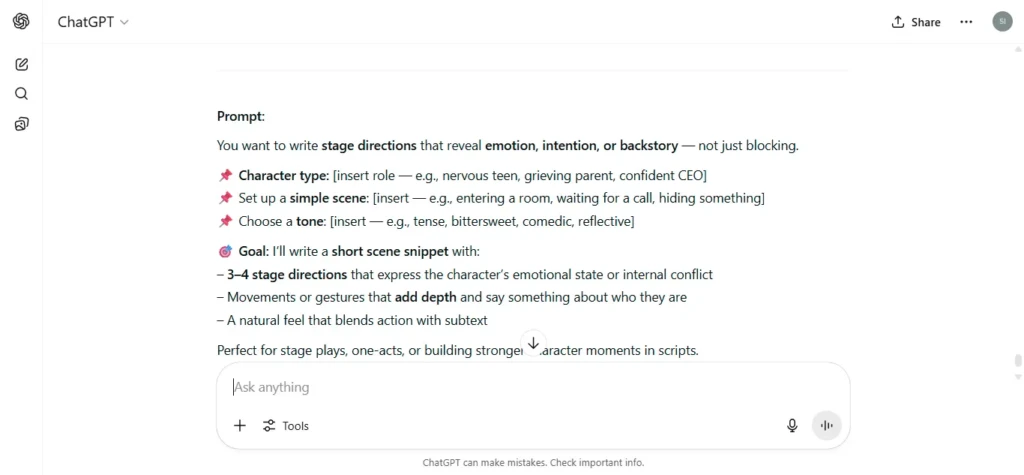
6. Rewriting a Scene to Add Conflict
#CONTEXT: You’ve written a scene that feels flat or too quiet and want to raise the emotional or narrative stakes.
#GOAL: Revise the scene with more tension.
#RESPONSE GUIDELINES:
Briefly summarize the current scene [insert summary]
Identify what each character wants
Introduce a clash of needs or truths
Keep tone [insert tone]
Add a line that shifts power dynamics
#OUTPUT: A 6–8 line revised scene with clearer tension.7. Creating a Monologue with Emotional Arc
#CONTEXT: You need a monologue that reveals a character’s internal conflict and growth.
#GOAL: Write a one-minute monologue with depth and change.
#RESPONSE GUIDELINES:
Define the speaker and their emotional state [insert name and emotion]
Start with doubt or fear
Let them reflect or argue with themselves
End with clarity, resolve, or a new question
Match tone to [insert tone]
#OUTPUT: A short monologue (8–12 lines).ChatGPT Output
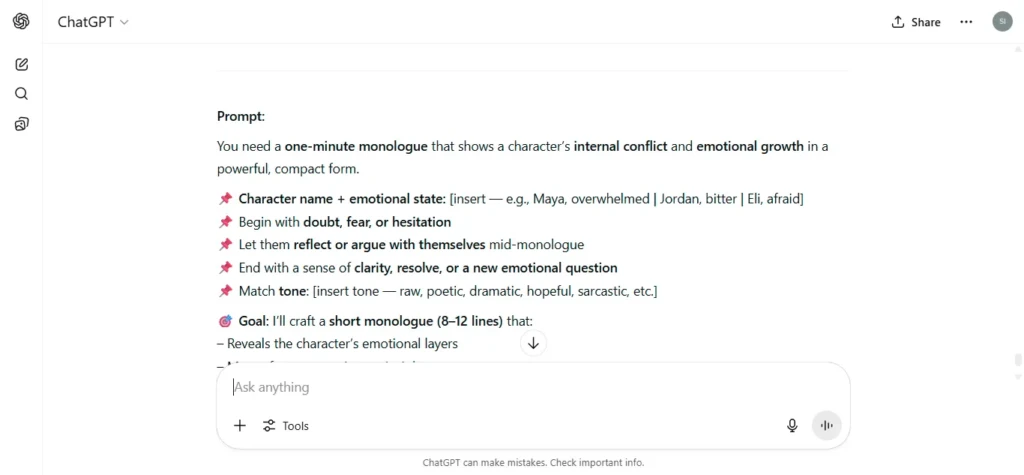
8. Writing a Play Scene Around a Prop
#CONTEXT: You want to center a scene around a meaningful object — using it for symbolism, conflict, or action.
#GOAL: Build a scene where a prop drives the emotion or story.
#RESPONSE GUIDELINES:
Choose a prop like [insert object]
Set the location and relationship
Let the prop trigger memory, conflict, or surprise
Include stage directions around its use
Keep tone [insert tone]
#OUTPUT: A 10–12 line scene involving a central prop.9. Writing a Scene That Builds to a Reveal
#CONTEXT: You want to craft a scene that slowly leads to a big truth or dramatic moment.
#GOAL: Build suspense and payoff in a stage-friendly way.
#RESPONSE GUIDELINES:
Set up a secret or lie known only to one character
Use questions, pauses, or clues to raise tension
Reveal happens in [insert number] lines
Add a physical cue or gesture with the reveal
Keep tone [insert tone]
#OUTPUT: A dramatic reveal scene (10–12 lines).ChatGPT Output
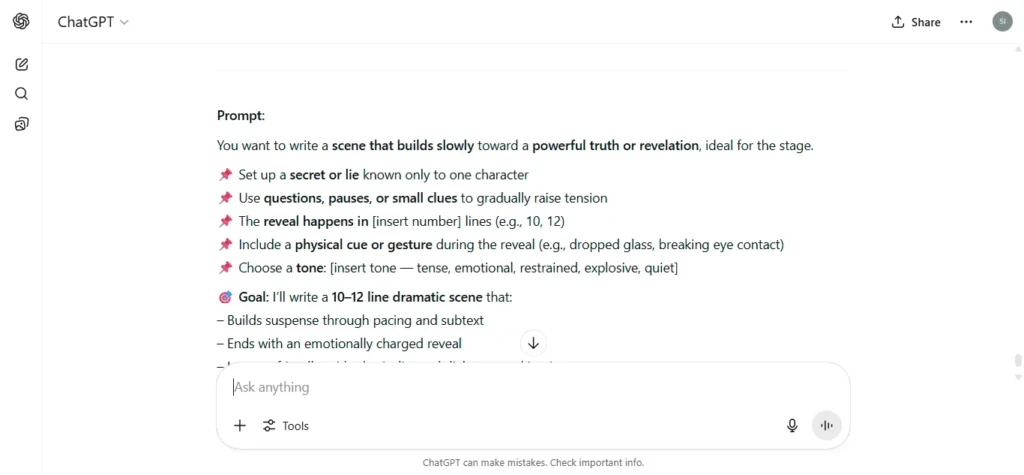
10. Adapting a News Story into a Short Stage Play
#CONTEXT: You want to turn a real-world issue or news article into a fictional short play.
#GOAL: Create a socially relevant stage story.
#RESPONSE GUIDELINES:
Choose a topic from [insert news theme or headline]
Invent characters on opposing sides of the issue
Set in a single location
Keep tone [insert tone]
End with ambiguity, resolution, or challenge
#OUTPUT: A one-paragraph play concept based on current events.How to Use These Prompts Effectively
Personalize with Details: Always fill in the placeholders with your tone, setting, and theme.
Use as Rehearsal Material: These prompts can generate audition scenes or workshop exercises.
Refine for Stage Needs: Review each output with pacing, dialogue beats, and actor movement in mind.
Build Characters Prompt-by-Prompt: Combine prompts to develop full personalities and arcs.
Keep a Creative File: Save responses that surprise you — they may spark your next full-length play.
Wrap-Up
The stage is yours — and with the right prompts, the words come easier.
Use these ideas to explore conflict, reveal emotion, and build dialogue that stays with your audience.
Whether you’re workshopping or writing a final draft, ChatGPT is here to help your next play come to life.
